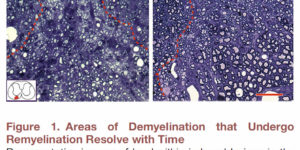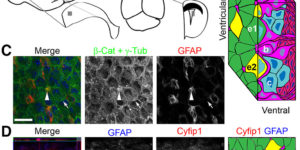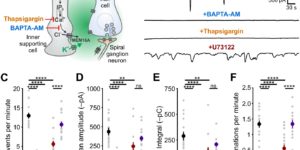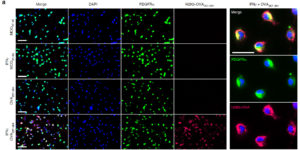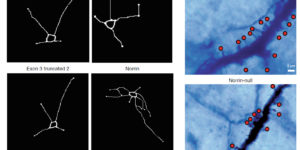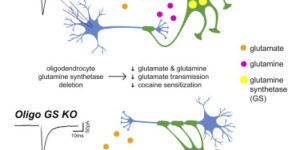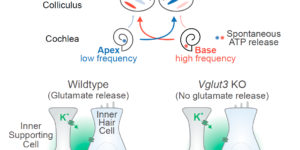Problems and Pitfalls of Identifying Remyelination in Multiple Sclerosis
Regenerative medicines that promote remyelination in multiple sclerosis (MS) are making the transition from laboratory to clinical trials. While animal models provide the experimental flexibility to analyze mechanisms of remyelination, here we discuss the challenges in understanding where and how remyelination occurs in MS.
